Table of Contents
ICF KE assembled a team that included members of industry, academia, and industry research organizations to conduct this multi-task program.
The original design was based on a philosophy developed by the members that incorporates the DOE contract requirements and desires for future commercialization. The following is a listing of the design philosophy:
- Minimum acceptable energy recovery of 85%.
- No grinding of any material having less than 3% of the raw coal energy.
- No grinding of any material having a pyritic sulfur value equal to or greater than the pyritic sulfur rejection desired.
- Target pyritic sulfur rejection of 90%.
- Maximize coal product particle size.
- Tradeoffs in SO2 reductions to occur in coarsest sizes (i.e. maximum yield in coarse size fractions).
Bench Scale Test Results
The overall goal of Task, “Bench-Scale Process Testing” was to develop the necessary unit operation design and process performance data required to 1) reduce or eliminate the technical and engineering uncertainties of the preliminary 18 TPH advanced flotation semi-works planned, and 2) design, build and operate a 1.8-2.7 TPH advanced flotation POC module.
The results indicate a BTU recovery of 78.1% and pyritic sulfur rejection of 81.5%. The values are the result of poor operation of the coarse hydrocyclone, which was a direct problem associated with the size of the hydrocyclone utilized to process the 6.35mm x 0 raw coal. The hydrocyclone was 152.4mm diameter which is too small to process 6.35mm x 0 coal. The cyclone was chosen to facilitate the test area along with power requirements.
The final clean coal product and final fine refuse product from each of the seams processed were delivered to the Eimco Process Equipment Corporation for laboratory determination of clarification and dewatering characteristics. The laboratory tests indicated a need to thicken the clean coal product before dewatering.
Assumptions and Methodology for Capital Estimates
The estimate is based upon the design flowsheet, and equipment list and a preliminary conceptual plant layout for the semi-works plant. The equipment list was utilized to contact vendors of specific pieces of equipment to obtain verbal budgetary estimates for all pieces of major equipment. The preliminary layout configuration was used to determine factored values for structural steel, platework and liners based upon the volume calculations of the plant and past experience in preparation plant design. The layout was further used to estimate foundations, elevated floors, roofing and siding quantities.
The material price was based upon equipment manufacturer’s verbal quotations or based upon costs per pound for structural steel, mild steel platework and abrasion resistant steel platework. This cost per pound included detailing, fabricating, painting and delivery of all steel components. Concrete cost was estimated based on dollars per cubic yard of inplace concrete. This cost per yard included forms, rebar and concrete mix. Roofing and siding costs were based upon dollars per square (100 ft²) of insulated siding. This included engineering, inner and outer painted galvanized siding, insulation, subgirts and fasteners.
The construction contractor’s estimate was based on the sum of labor costs. A 10% contingency was added to this number for undetermined construction costs. To that sum was added an additional 10% for contractor’s overhead and profit.
Assumptions and Methodology for Operating and Maintenance Cost Estimate
The estimate was based upon the design flowsheet, the equipment list, the capital cost estimate and calculated values based upon known and/or estimated costs for expendables, power, and manpower. The specified criterion was for the plant to operate at 90% of the scheduled availability. Based upon a schedule of two shifts per day, five days per week, eight hours per shift and 230 operating days per year, the total annual operating hours, total annual raw coal and clean coal tonnages were calculated.
Values from literature, estimates, or material suppliers were established as costs per unit for all operating expendables. The manpower for operation was established on an annual basis for supervision and hourly for labor. From these, the flowsheet and the equipment list horsepower, the process engineer estimated all expendables for power, flocculants, flotation reagents, water, grinding media, lubricants and manpower costs. Reagent dosages were determined in the bench scale testing. From these above values, operating materials and manpower costs were estimated.
The operating and maintenance costs were prepared the same way as was done for the 18.1 TPH preparation plant. Power requirements were adjusted for each case and the tonnage rates were ratioed for the different consumables. The manpower was increased for both of the commercial plants.
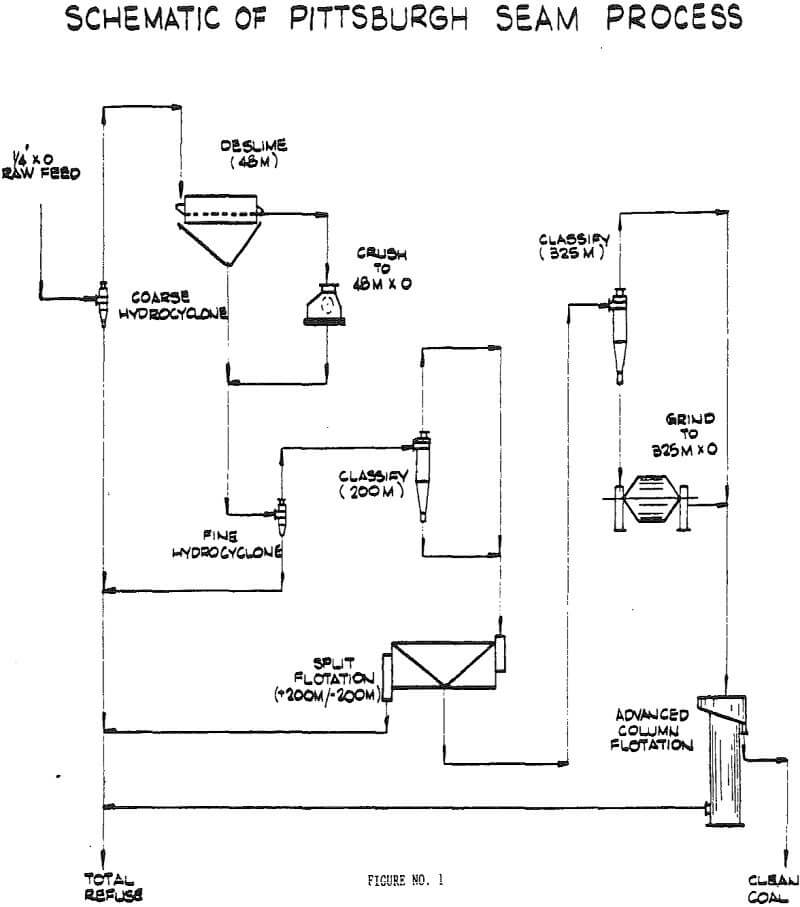
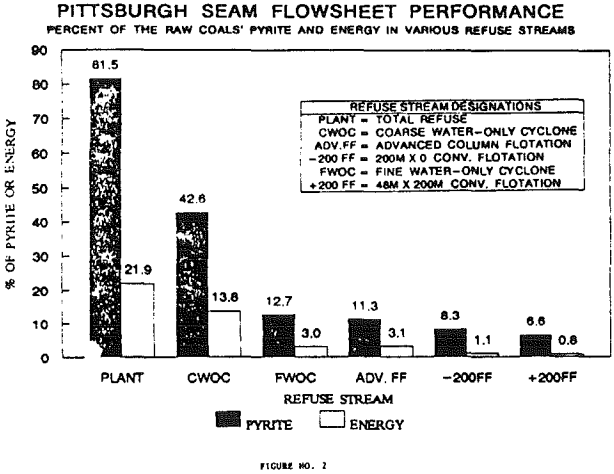


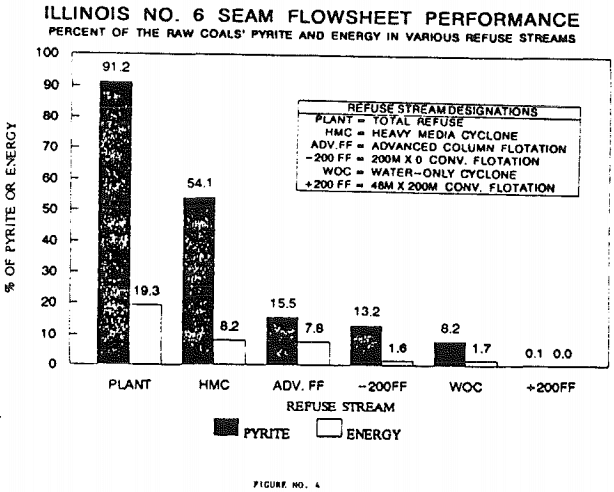
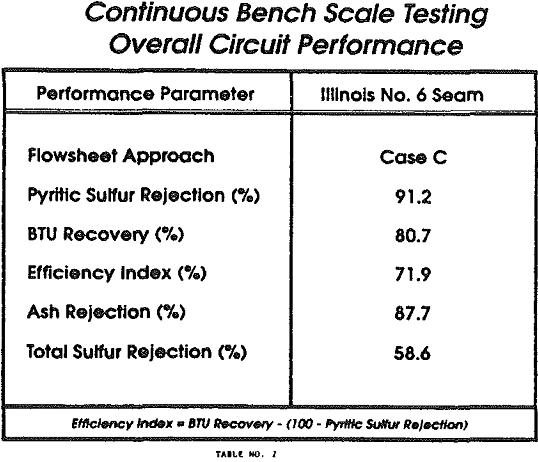
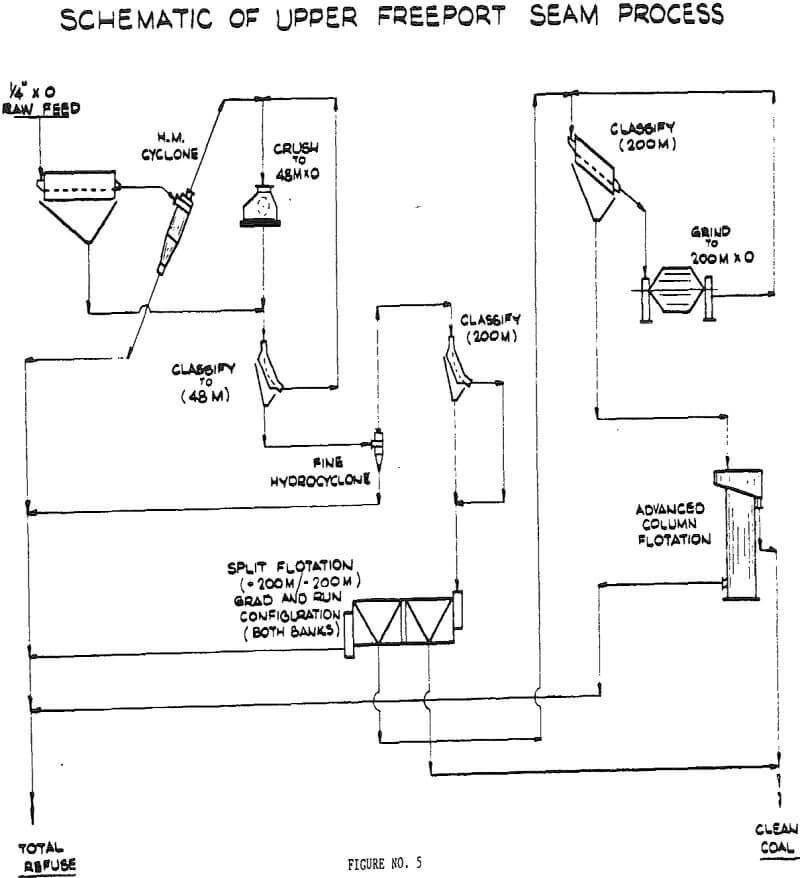

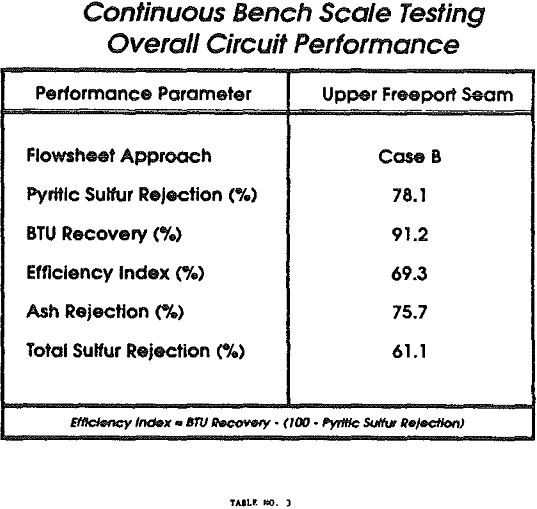
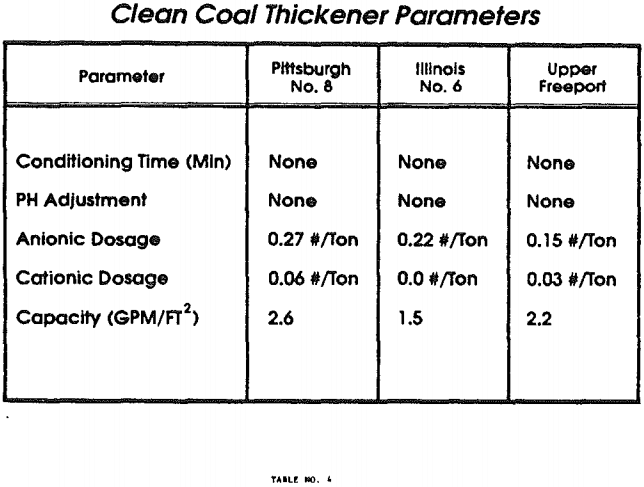


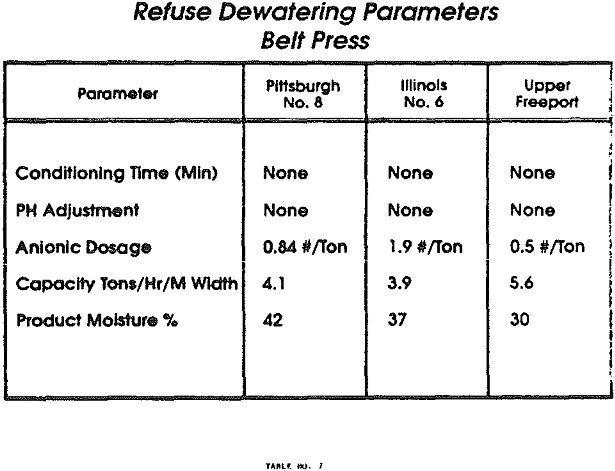
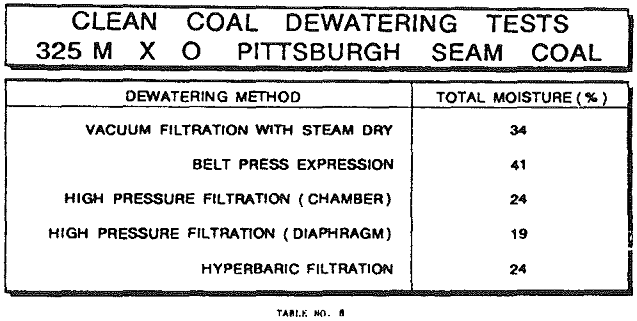

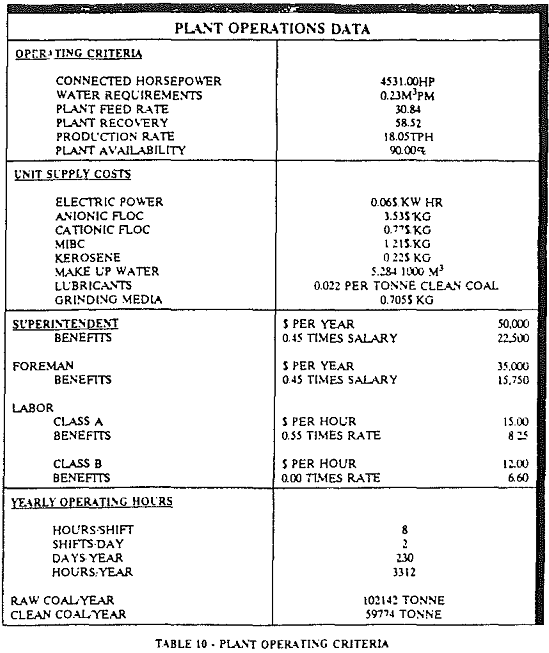
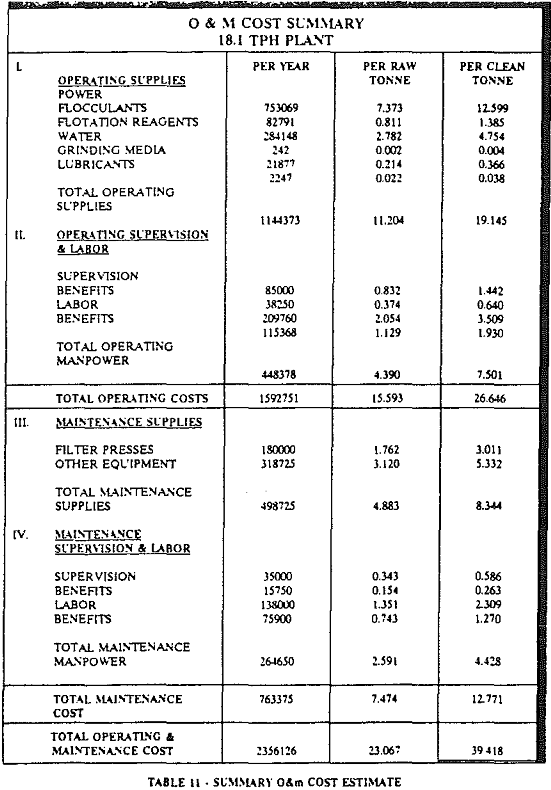

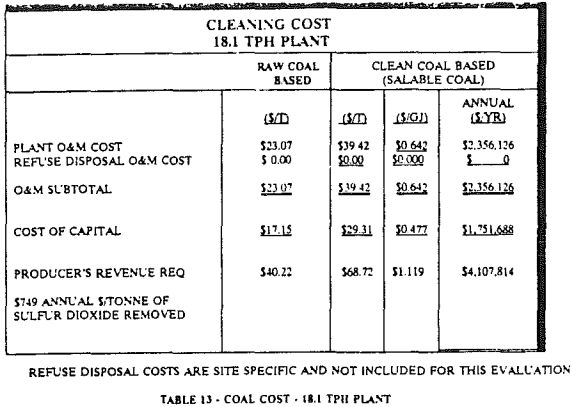
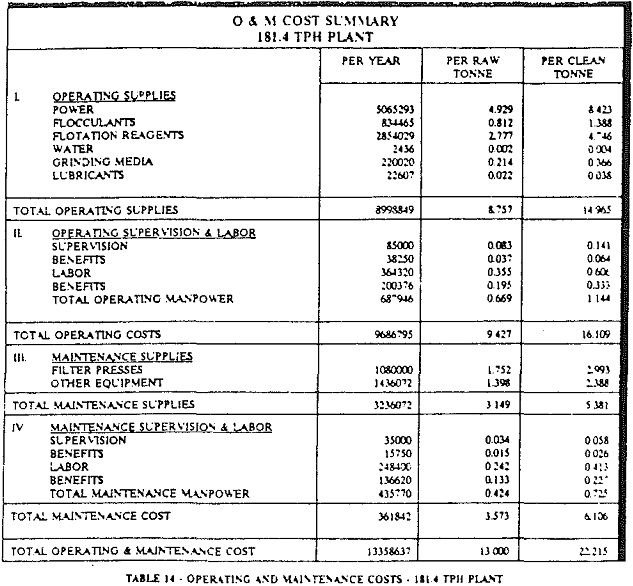

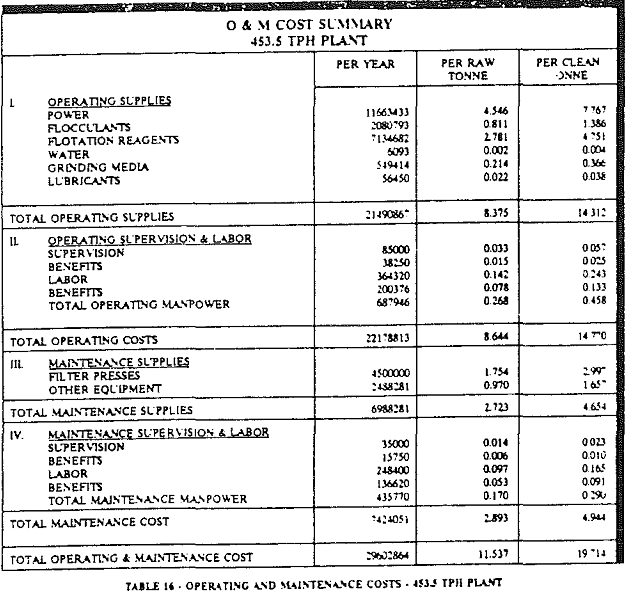
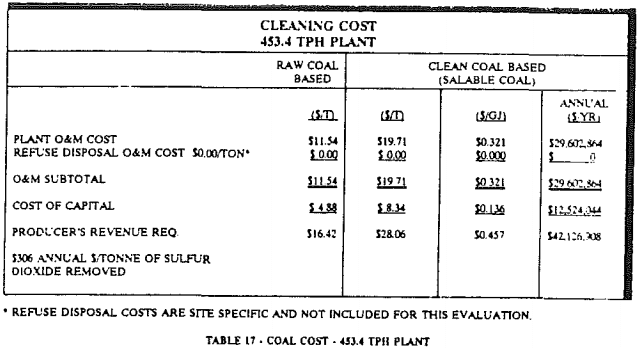

Relatest: Best Bench Vises
